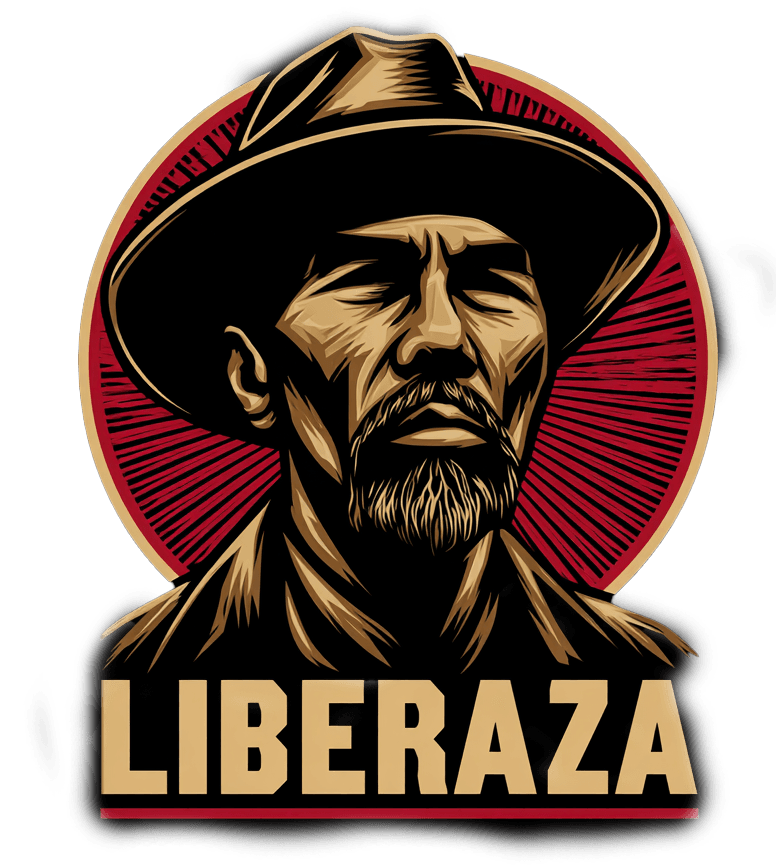Summer of Resistance: Los Angeles Protest Movement Rebuilds After ICE Crackdown
LS
When ICE swept through Los Angeles in a series of coordinated raids last month, detaining scores of immigrants—many without criminal records—it sent a chilling message. But it also triggered a wave of grassroots response that’s growing in scale, focus, and determination.
Now, weeks later, the city’s immigrant rights community isn’t retreating. It’s reorganizing.
From Boyle Heights to Koreatown, a coalition of advocacy groups, street medics, immigration attorneys, neighborhood organizers, and faith leaders are leading what’s being called a “Summer of Resistance.” While early actions centered on protest marches and impromptu vigils outside detention centers, the new phase is more tactical: coordinated legal workshops, early-warning systems for future raids, and a bold call for a citywide strike in August.
Behind this resurgence is a simple conviction: silence is complicity.
A Shift in Strategy, Not in Purpose
After dozens of protestors were arrested in June during confrontations with ICE and LAPD officers, many groups took a step back—not in surrender, but in strategy.
One organizer with the Southeast L.A. Solidarity Network, who asked not to be named, explained:
“It’s not about shouting louder anymore. It’s about knowing your rights, protecting each other, and hitting the system where it notices—public pressure, legal exposure, and economic disruption.”
Legal aid tents have popped up at community centers, handing out "know your rights" flyers in Spanish, Tagalog, Mandarin, and Farsi. Volunteer networks are documenting encounters in real time, archiving footage, and preparing affidavits for ongoing lawsuits coordinated by the ACLU and immigrant defense funds.
And behind closed doors, city councilmembers sympathetic to the cause are being lobbied to reconsider local cooperation agreements with ICE—particularly around jail holds and database sharing.
ICE Denies, Communities Organize
The Department of Homeland Security has pushed back against allegations of excessive force or due process violations, calling the raids “standard enforcement operations.” But local reports, including one by the L.A. Times, suggest a different picture: children left alone after parents were taken, elderly immigrants questioned at bus stops, and detainees being transferred to out-of-state facilities before family members could locate them.
That opacity has only deepened mistrust.
Organizations like CHIRLA, CARECEN, and JUNTOS are coordinating a citywide “ICE Watch,” recruiting volunteers to monitor neighborhoods where enforcement tends to concentrate. An encrypted messaging group now alerts thousands of residents in real time when unmarked DHS vehicles are spotted.
It’s no longer just defense—it’s prevention.
Preparing for the August Strike
Perhaps the boldest move yet is the proposed “Day Without an Immigrant 2.0”—a citywide strike being planned for mid-August. Organizers are urging businesses, workers, students, and even artists to take part in a 24-hour shutdown, echoing the landmark 2006 protest that paralyzed parts of L.A.
While some employers remain wary, others—particularly in the food, service, and garment industries—have quietly pledged to support the strike or at least not retaliate against participants.
A spokesperson for a downtown restaurant collective put it bluntly:
“Without immigrants, this city doesn’t work. It doesn’t eat, it doesn’t move, it doesn’t breathe.”
More Than a Protest—A Reckoning
This isn’t just about immigration policy. It’s about the kind of city Los Angeles wants to be.
In the aftermath of the raids, silence was never an option. But neither was reactionary chaos. Instead, L.A.’s immigrant communities and allies are showing what long-term resistance looks like: organized, strategic, and deeply rooted in mutual aid.
As summer marches on and federal enforcement continues, the response from the ground up grows more sophisticated.
In Los Angeles, the raid may be over, but the reckoning has just begun.
